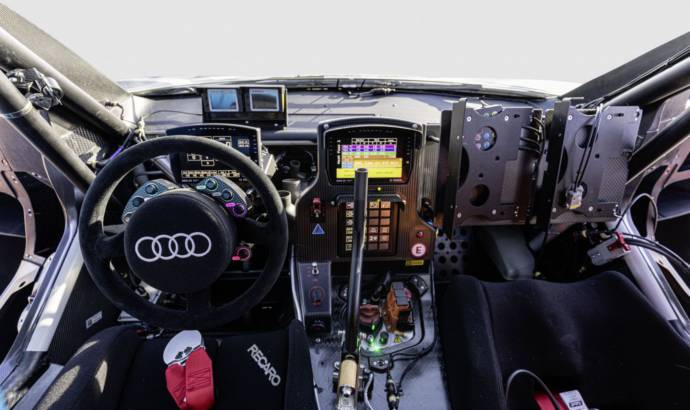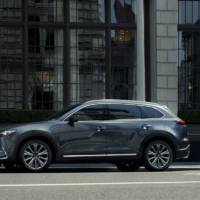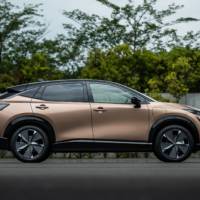Audi is making a historic comeback during this year Dakar Rally, in January. The challenge is fantastic, considering that the car will be electric.
A look inside the Audi RS Q e-tron rally car should remind any car fan of an airplane cockpit: screens and displays are spread across the entire width of the instrument panel.
Originally, there was a clear division of tasks in cross-country rallying: the driver drives, the co-driver navigates. These roles have long since changed: The regulations limit navigational tasks to very precise options and rules. The former paper roadbook for the track is now digital. And the Audi RS Q e-tron redistributes various functions between drivers and co-drivers with its operating concept.
Steering, accelerating and braking are the main tasks for Mattias Ekström, Stéphane Peterhansel and Carlos Sainz, who fully concentrate on the terrain. They no longer have to change gears because the electric drive with energy converter in the Audi RS Q e-tron no longer requires a manual transmission.
Centrally visible in the cockpit is the double-cranked aluminum handbrake lever. It is coupled with the innovative brake-by-wire system that combines the hydraulic brake with a recuperation system. So pulling on the handbrake helps to recover energy, as does operating the footbrake. But the essential purpose of the handbrake in rally racing is to induce a slide of the RS Q e-tron before corners. The brief locking of the rear wheels forces the car into rotation. This makes direction changes particularly agile.
There are eight control buttons on the steering wheel directly in front of the driver. Among other things, they control the horn, the windshield wipers and data entries in the software if the driver wants to store an anomaly with a time stamp in the memory. The speed limiter can also be activated there for zones in which a maximum speed is prescribed. Behind the steering wheel, a display sits directly in the driver’s lower field of vision. It provides information on tire pressures, the direction of travel selected by the continuously variable electric drive (forward, reverse or neutral) and the current speed. It also contains important warnings so that the driver can react immediately in the event of an imminent system shutdown or disconnection of the high-voltage battery, for example. Two small displays mounted above and toward the windshield bring essential information into the field of vision: a so-called repeater on the left shows the compass direction, while the display on the right shows the speed being driven.
The operation of this switch panel is up to the co-driver; the driver only expresses the corresponding wishes. All this has to be done as faultlessly as possible in rough terrain at speeds of up to 170 km/h for hours on end. The co-pilot thus assumes a high level of responsibility in addition to his original main task, which is to navigate. “I now spend only half my energy on navigation, the other half on operating the car. But I love this new challenge,” says Edouard Boulanger, Stéphane Peterhansel’s co-driver.
The route of the upcoming stage is no longer issued the evening before as in the past. The teams only receive this route information 15 minutes before the start of the stage each morning.
The short-notice information on the route as well as the switch to a digital roadbook format pose major challenges. To orient themselves in the terrain and at the same time keep to the prescribed route, the three co-drivers Emil Bergkvist, Edouard Boulanger and Lucas Cruz look at two tablet screens that replace the previous paper roadbooks. They are operated by two remote controls connected by cables. On the screen on the left, the roadbook shows the way through the terrain. Only if this tablet should fail are the crews allowed to open and use the sealed paper roadbook supplied, otherwise they face a penalty.
The tablet on the right contains the GPS navigation and validates the digital waypoints that each participant must drive to. When the car reaches the radius of a waypoint, the driver also sees the arrows in the right-hand repeater below the windshield, indicating the direction to the waypoint.



